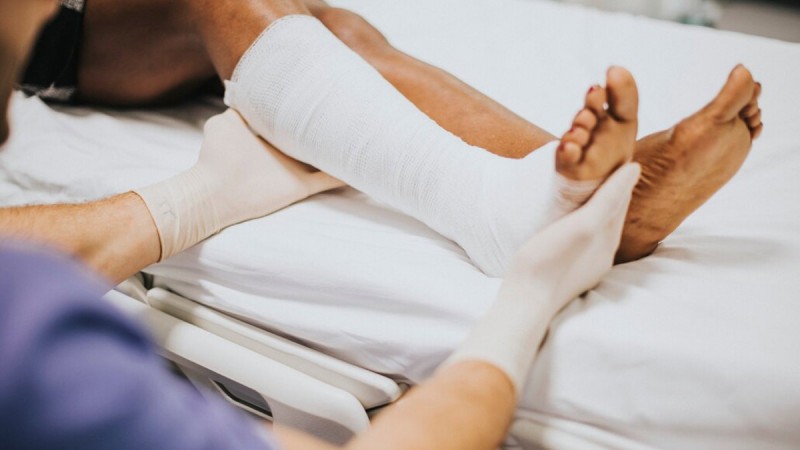
As the temperature drops, many women find themselves grappling with an unexpected adversary – the resurgence of pain in old injuries. Experts delve into the intricacies of this phenomenon to shed light on the reasons behind the increased discomfort.
Experts suggest that cold weather can heighten pain sensitivity, causing dormant discomfort to resurface. Understanding this intricate relationship is crucial in addressing the challenges faced by women with old injuries.
Old injuries often involve joints, and cold weather tends to impact these areas significantly. The drop in temperature can lead to increased stiffness and reduced flexibility, contributing to the amplification of pain.
The way nerves transmit signals can be influenced by temperature. Cold weather may slow down nerve conduction, leading to a heightened perception of pain in women with pre-existing injuries.
Cold temperatures can trigger an inflammatory response in the body. For women with old injuries, this inflammatory cascade may exacerbate pain by affecting the healing process.
To combat the intensified pain during colder months, experts recommend heat therapy. Applying warmth to the affected areas can alleviate stiffness and improve blood circulation, providing relief for women dealing with old injuries.
Simple measures like dressing warmly can make a significant difference. Layering up not only shields the body from the cold but also helps in maintaining a more stable and comfortable temperature for those with old injuries.
Psychological factors play a role in pain perception. The gloomy winter weather can contribute to a negative mindset, potentially amplifying the experience of pain in women with old injuries.
Recognizing the emotional impact of increased pain is crucial. Providing emotional support to women coping with old injuries during colder months can positively influence their overall well-being.
Encouraging gentle exercises and stretches can help maintain joint flexibility. Staying active, even in moderation, is key to managing pain associated with old injuries in colder weather.
Hydration plays a vital role in joint health. Drinking an adequate amount of water ensures that joints remain lubricated, potentially easing the discomfort caused by old injuries during colder periods.
Ongoing research aims to unravel the intricate relationship between cold weather and pain perception. Scientific advancements may pave the way for innovative solutions to alleviate the winter woes faced by women with old injuries.
Experts emphasize the need for personalized pain management strategies. Recognizing that each person's experience is unique, tailoring interventions based on individual needs is crucial in effectively addressing winter-induced pain.
Creating a platform for women to share their experiences fosters a sense of community. Learning from others who navigate similar challenges can provide valuable insights and emotional support.
The digital age has brought forth online forums and communities where women with old injuries can connect, share tips, and provide encouragement, creating a virtual support network.
In unraveling the mystery behind the intensified pain of women with old injuries during colder weather, experts emphasize the importance of a holistic approach. From understanding the physiological factors to embracing emotional well-being, empowering women to navigate winter pain is a collective effort.